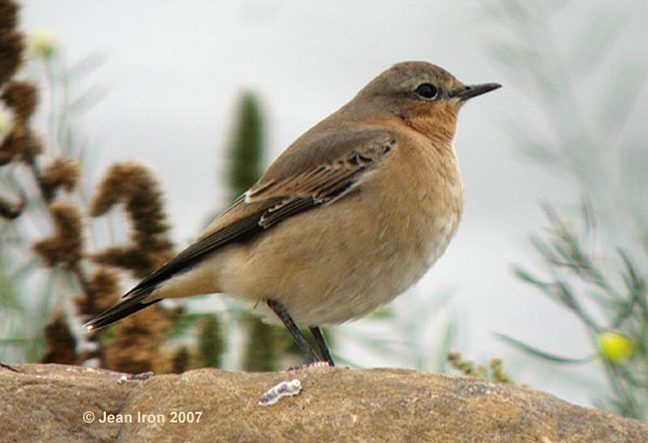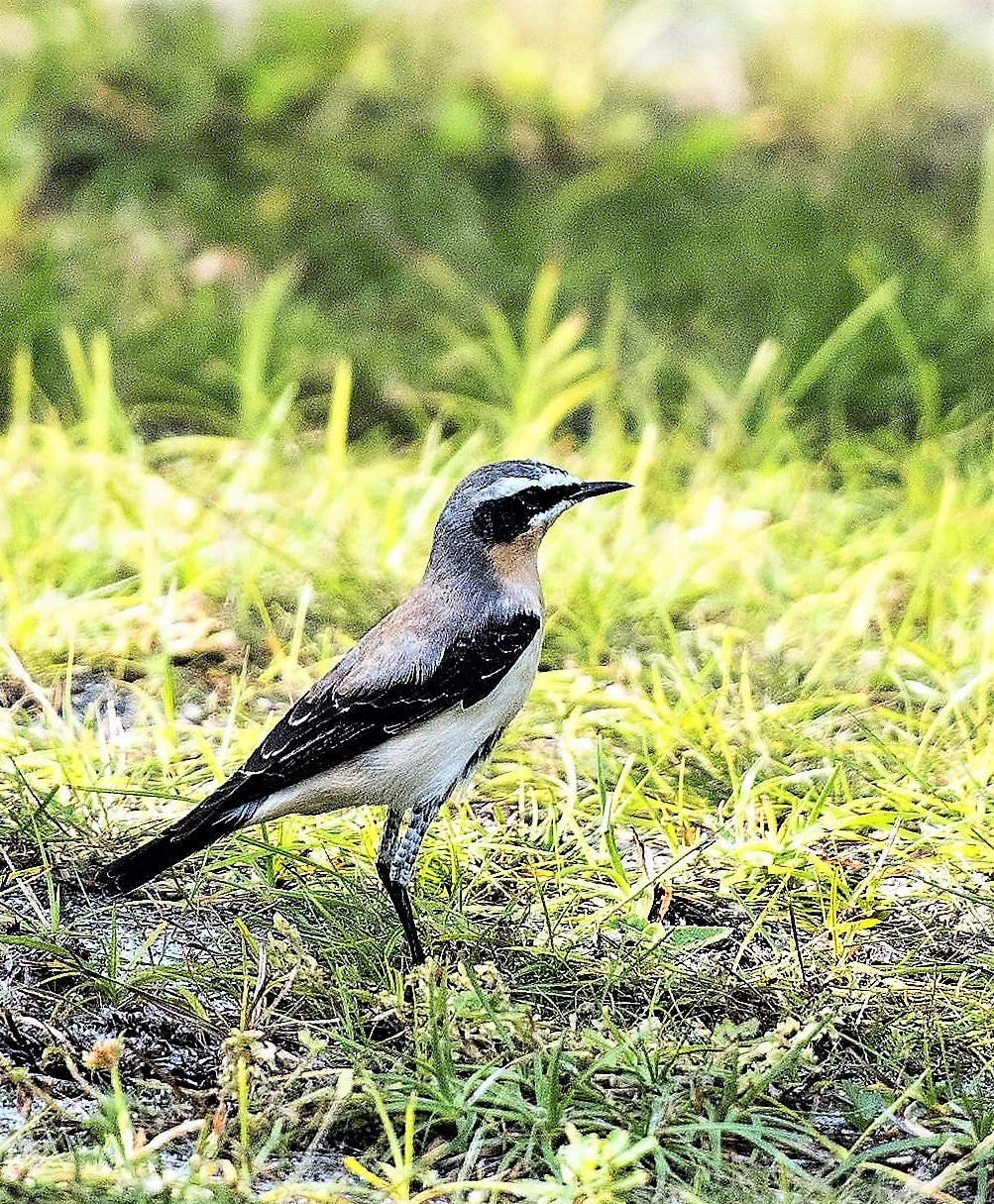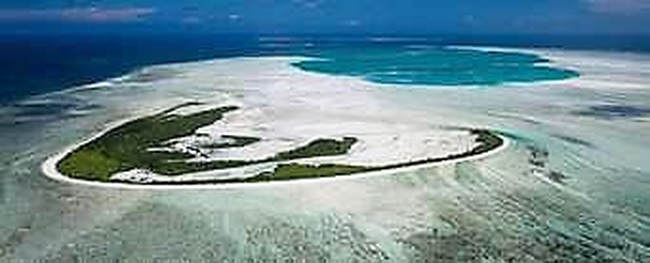|
Most visitors from Europe in search of winter sunshine hop on a plane, taking a round trip of 10,000 kilometres or more to reach Seychelles. One small bird may travel three times this distance entirely through its own exertions. At Alphonse, a pair of Northern Wheatears arrived in mid-January, both remaining for a few days. Seychelles Bird Record Committee has accepted 76 records of Northern Wheatear and around 60% of all records are in January and February, later than any other migratory land species, for which sightings peak in October to December. What could explain the lateness of these sightings? Northern Wheatears breeding in Western Europe have spread to eastern North America in recent times while the Asian breeding population has spread to Alaska, with four recognized subspecies. However, all populations winter in Africa. To reach western Africa, birds in eastern North America travel via Europe while those breeding in Alaska go the opposite way around the globe and cross the whole of Asia to reach eastern Africa. So the pair on Alphonse Island are most likely to be birds from as far away as Alaska, using the East Asia/East Africa Flyway. Miniature tracking devices have recently shown that the Northern Wheatear has one of the longest migratory flights known - 30,000 kilometres. Birds crossing Siberia and the Arabian Desert are travelling, on average, 290 kilometres per day. This is the longest recorded migration for any songbird. Migration is a feat of extreme endurance, driven primarily by the availability of breeding and feeding opportunities. It involves costs in terms of predation and high mortality. Timing seems to be controlled by changes in day length. The long days of the northern summer provide abundant food, extend time for breeding birds to feed their young, and thus help diurnal birds to produce larger clutches. Northern Wheatears and other migrating species build up fat reserves during this time, some even doubling their body weight, in preparation to head south for the winter. These advantages offset the high stress, physical exertion, and other risks linked to migration. Short migrations are common in many bird species, including those made in response to changes in habitat, weather, food availability, and/or altitudinal migrations on mountains such as the Himalayas, where birds nesting at high altitudes overwinter at lower altitudes. Most birds migrate in flocks, at varying altitudes, to reduce the energy cost. Even penguins migrate, swimming routes of over 1,000 kilometres. There are many fascinating theories - and equally fascinating questions - about this seasonal, predictable occurrence. Bird migration was first recorded 3,000 years ago by the ancient Greeks. We now know that birds navigate using celestial cues from the sun and stars, the earth’s magnetic field, and inbuilt genetic “mental maps”. One theory gaining ground is that birds and many other land species follow a “green wave” of spring plant and insect emergence; however, much is still being learned today.  Birds lay down fat reserves prior to the long and arduous migration, even to doubling their body weight. Photo Jean Iron (Ontario Canada) Birds lay down fat reserves prior to the long and arduous migration, even to doubling their body weight. Photo Jean Iron (Ontario Canada) Alphonse is one of the best places in Seychelles to see rare visiting birds. Its isolated location in the vast Indian Ocean provides an attractive target for tired migrants seeking a stopover to rest and refuel. During recent months, we have recorded many interesting species that included Alphonse Island in their flyway to make their seasonal migration. In fact, it has been surprising to see the diversity of species that passed through. They include Pacific Golden Plover Pluvialis fulva, Collared Pratincole Glareola pratincola and Black-winged Pratincole G. nordmanni, Yellow Wagtail Motacilla flava and White Wagtail M. alba, Red-throated Pipit Anthus cervinus, Amur Falcon Falco amurensis, Common Cuckoo Cuculus canorus, Blue-cheeked Bee-eater Merops persicus, Broad-billed Roller Eurystomus glaucurus, Common Swift Apus apus, and many others.
1 Comment
Anna Lewis
5/2/2018 15:23:16
Actually the photo is of St Francois
Reply
Your comment will be posted after it is approved.
Leave a Reply. |
Categories
All
Archives
June 2024
|





